The spring gardening catalogs have been arriving since Thanksgiving. So what if the holiday decorations haven’t been boxed away, the wind chill makes it feel like -2 degrees Fahrenheit, and you’re still nursing your New Year’s hangover? This minute, any gardener with a pulse is thinking of spring and fantasizing about this year’s garden.
If you find yourself doing things in the garden the same way every year, now is the time, before the seeds are started or the soil is turned over, to try something different. These suggestions are meant to be manageable; no backhoes, blueprints or fat checkbooks required. So before you set your 2014 garden plan into stone, consider a few switches that might make your gardening life more rewarding and less stressful.
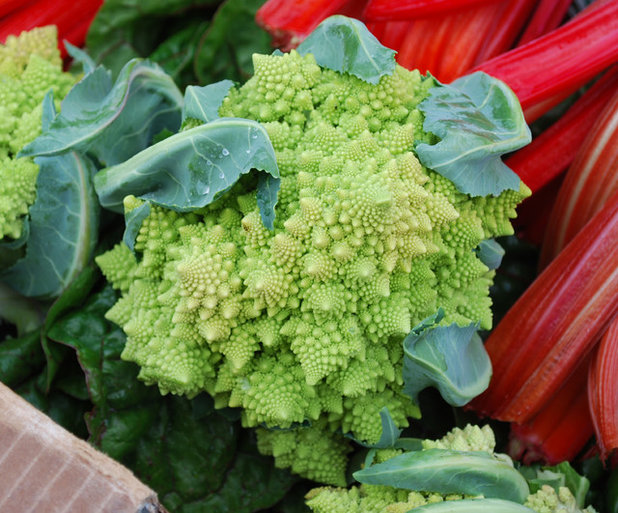
Jocelyn H. Chilvers
1. Throw some unusual-colored vegetables into the mix. Cauliflower is white, eggplants are purple, corn is yellow. Aren’t they? Not always. Some vegetables come in colors you’d never expect. Growing familiar vegetables in different colors is fun and lets you see them in a new way. And they taste as good as their plainer kin. Try purple, orange or neon-green cauliflower. Romanesco cauliflower (shown) doesn’t just surprise with color. The head grows in a tight spiral pattern, like a seashell. Purple cauliflower’s intense color is almost vaseworthy.
Also consider:
- Yellow ‘Amarillo’ carrots
- ‘Crescent Moon’ (white) or ‘Rosa Bianca’ eggplants
- ‘Ruby Queen’ corn
- ‘Chocolate Beauty’ sweet peppers
You can find seeds for these and other colorful vegetable varieties at Johnny’s Selected Seeds, Baker Creek Heirloom Seeds and W. Atlee Burpee & Co.
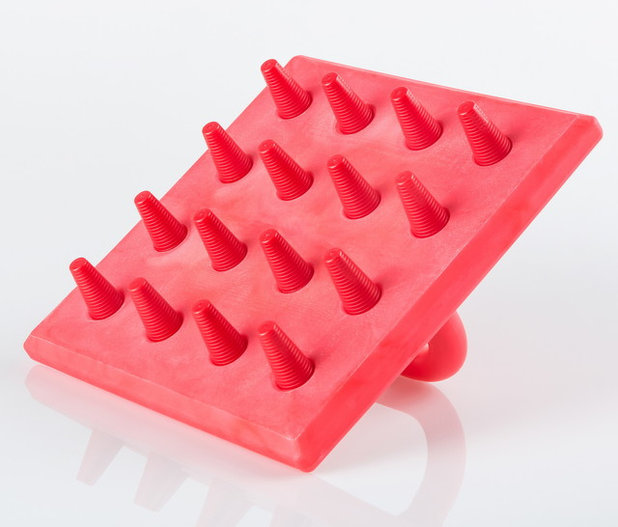
Garda Dibble
Garda Dibble - $24.99
2. Try a new tool. Gardeners develop long-term relationships with their tools, be it a shovel handed down from one generation to the next, or a weeder whose wooden handle has conformed to the user’s hand over the years. But technology has made many tools lighter, more efficient, or less stressful on the body. For seed starting, trade your single dibble for one with adjustable holes (such as the Garda Dibble, shown). Or try an ergonomically designed shovel or hand tools with soft plastic grips.
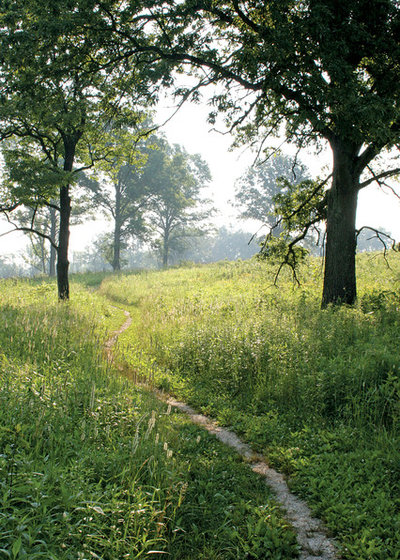
Missouri Botanical Garden
3. Plant a tree. Planting a tree, particularly one native to your area, is a horticultural mitzvah, a good deed that improves the surrounding ecosystem for decades. Make a real difference by choosing a native species that’s disappearing in your area due to habitat destruction (and not because environmental conditions have become unfavorable to its survival). To find the right tree for your garden, check out the native plant database at the Lady Bird Johnson Wildflower Center.
Browse plants native to your region
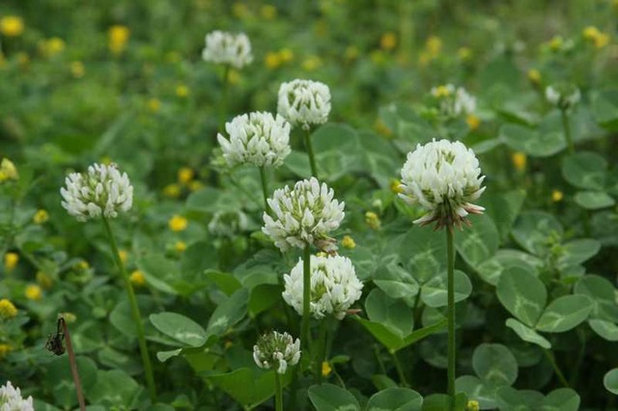
Missouri Botanical Garden
4. Learn a new technique. Cover crops, like the white clover here, suppress weeds, control erosion and enrich the soil. Vermicomposting — that is, with worms — exchanges kitchen waste for a nutrient-dense compost that’s great for plants. Sheet mulching uses newspaper, leaves and garden waste to smother grass without tilling. If you haven’t tried any of these methods, you don’t know how well they might benefit your garden. Research the techniques now so you’ll be ready to hit the ground running once it thaws.
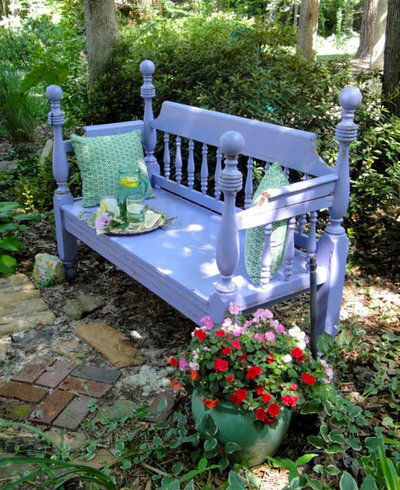
Brittany (aka Pretty Handy Girl)
5. Add something that makes you laugh or delights you. There’s an old adage that the only person who has never sat on his garden bench is the gardener. There’s always so much to do, especially in spring, that by summer the garden can feel more like a chore than a pleasure. Before that feeling hits, find, create or buy something for your garden that brings you joy whenever you look at it.
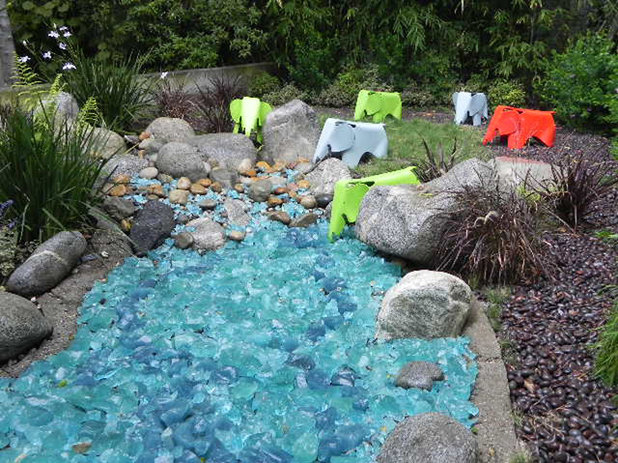
Shelley Sparks
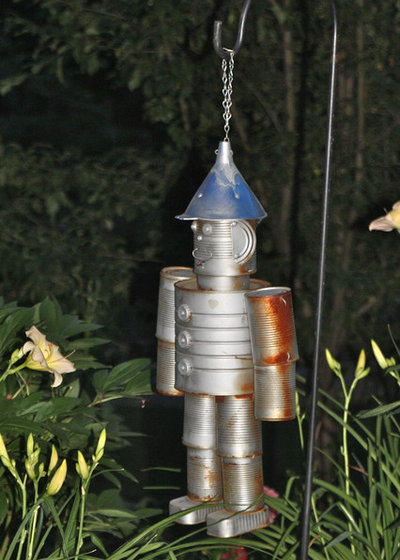
Whatever you choose, it doesn’t need to be big or expensive. It must simply be a reminder of why you love your garden!





